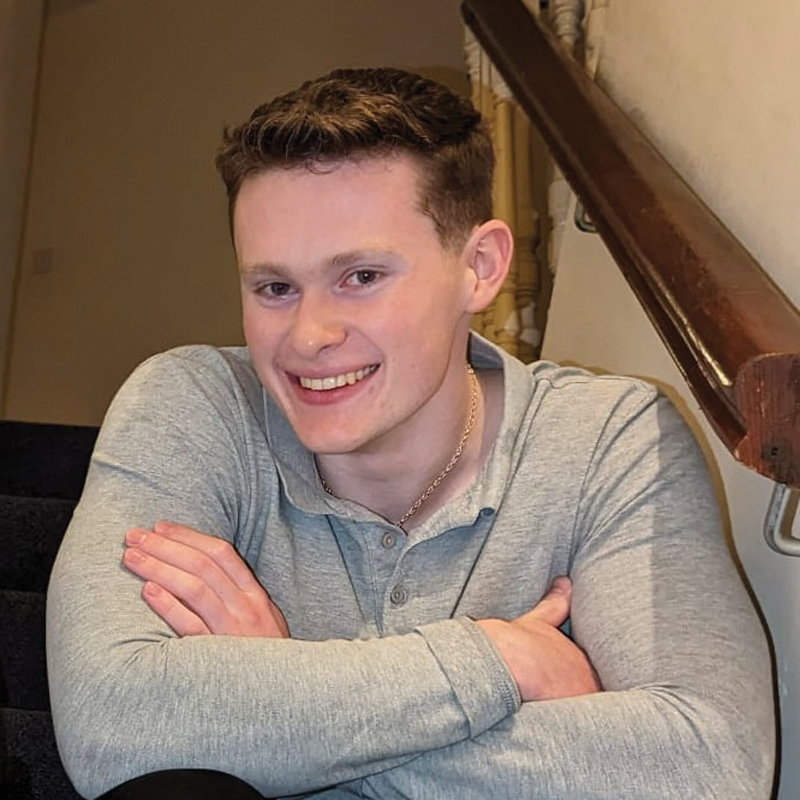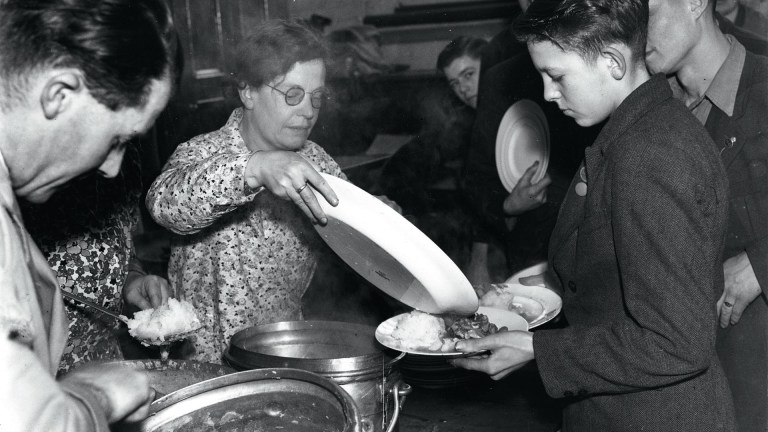Such searches may also reveal new types of variable stars: free-floating planets which fled their host stars and perhaps even rare classes of supernova. Looking for weird anomalies can also reveal problems with the instruments we are using, which is extremely important. We don’t want to claim to find something exciting and it turns out to be a faulty camera!
The work I am carrying out with my colleagues uses machine learning to help astronomers reveal unknowns lurking in their data. In the coming new era of astronomy, there is going to be an incredible amount of data; no human can ever get through this data on their own. For example, the Vera C Rubin Observatory, which is soon to open for science, will produce 20 terabytes (20,000 gigabytes) of data every night! We hope that machine learning can help us to find and recommend what objects an astronomer should spend their time looking at and examining in more detail.
The Vera C Rubin Observatory is one of the most exciting projects in astronomy right now. It is named after one of the greats of the field, Vera Rubin, who provided some of the best evidence for dark matter, the ever-elusive matter that permeates the universe but which scientists still have yet to directly detect. Rubin will snap the observable night sky in its entirety every three nights, repeating this three-day cycle for 10 years, night-to-night, using the largest camera ever made.
What Rubin is looking for is differences in images it has previously taken; like the largest game of spot the difference you could ever imagine, built-up into a 10-year video. Over its lifetime, Rubin will take 500 petabytes (500 million gigabytes) worth of images – which is enough to fill close to four million iPhones. It promises to be one of the best movies ever produced (at least for astronomers!).
Each night Rubin will alert astronomers to 10 million changes in the sky. The changes detected in images are objects like asteroids – Rubin will find more than has ever been recorded – or variable stars that change in brightness during their lifetimes, and supernovae, the extreme and violent explosions of stars in the last moments of their lives. It will also do many other things, especially in helping our understanding of dark matter and mapping the contents of our own galaxy, the Milky Way.
Machine learning can give great insights into the data scientists are interested in, but it is the scientist who must decide what to do next. But I don’t think the use of machine learning has been maximised.
There are many possible futures and excitingly, the tools for future searches are currently being built. There are large spectroscopic telescopes in preparation like the dryly named Extremely Large Telescope (ELT). These telescopes can analyse the light from planets and determine the makeup of their atmospheres and have the potential to reveal biosignatures – tracers of life – in the atmospheres of these planets.
Naturally, some researchers are interested in finding even more sophisticated compounds that cannot arise from nature which would be a sure sign of something interesting brewing in these distant worlds.
There are also new radio telescopes being built, including the impressive Square Kilometre Array, which will be of great interest to researchers looking for interesting radio signals, natural or not, and Breakthrough Listen are preparing the next generation of hardware and algorithms on new telescopes to continue the search for life.
I have always been interested in astronomy, and the challenge of looking for the most unusual and interesting objects in the universe was an offer I could hardly refuse.
When I look at a starry sky, I tend to wonder. I look at the planets shining brightly, without wavering through our atmosphere, and I think about how Jupiter must look with its magnificent moons. I see the fast-moving satellites above and think about all the important stuff up there including astronauts, communications and telescopes, and the ingenuity it took to get it there.
I watch the stars flicker and imagine what life would be like around them, likely they are something unimaginably different from what we know, but perhaps there are places that resemble our own world. For astronomers, the lofty goal of understanding the universe can be the most humbling of pursuits, and it always starts by looking up.
Do you have a story to tell or opinions to share about this? Get in touch and tell us more. This winter, you can make a lasting change on a vendor’s life. Buy a magazine from your local vendor in the street every week. If you can’t reach them, buy a Vendor Support Kit.











